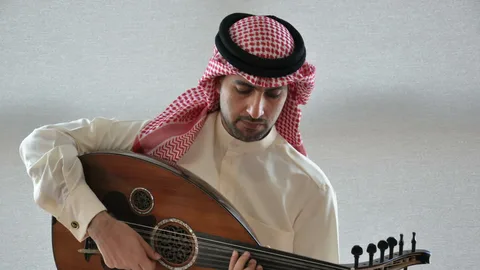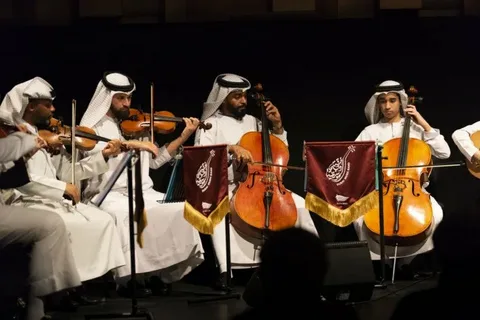Introduction
Arabic music, with its deep roots and diverse influences, spans centuries and encompasses a vast geographical area. It has been shaped by the cultural, religious, and social dynamics of the Arab world, creating a rich tapestry that reflects the historical and contemporary experiences of its people. This article explores the history, key characteristics, and influential genres of Arabic music.
Historical Context
Arabic music’s history can be traced back to per-Islamic times, where poetry and music were integral to Arab culture. Bedouin tribes used music to tell stories, celebrate events, and convey emotions. With the advent of Islam in the 7th century, music evolved, incorporating religious themes and instruments.
The Islamic Golden Age (8th to 13th centuries) was a significant period for Arabic music. Scholars like Al-Lindi and Al-Fara bi made substantial contributions to music theory, developing scales and modes that are still in use today. Furthermore, the Andalusian period enriched Arabic music by blending it with the musical traditions of Spain and North Africa.
The unique madam system defines scales and modes, characterizing music. Classical music features intricate compositions and improvisations, rooted in madam and IQ.Renowned composers like U mm Kulthumm and Arid al-A trash have left an indelible mark on this genre.
2. **Andalusian Music**: Originating from the Moorish era in Spain, this genre blends Arabic, Spanish, and North African musical elements. It is characterized by its poetic lyrics and intricate rhythms, often performed in orchestras with string and percussion instruments.
3. Ra: Originating in Algeria, Ra is a popular genre blending traditional Bedouin folk music with modern influences such as rock, jazz, and funk. It gained international fame in the 20th century, with artists like Chev Haled and Arachnid Aha introducing it to a global audience.
4. **Tara**: This genre emphasizes emotional expression and connection between the performer and the audience. It often features lengthy, improvisational performances with classical poetry and complex madam structures. Tara celebrates legendary singers like Fair and Abdel Hamil Hafiz.
5. Pop and Contemporary Music: Arabic pop, blending traditional elements with electronic, hip-hop, and R&B, gained fame through artists like Ame Dian and Nancy Abram.
The iqa’ system, a complex set of rhythmic patterns, governs rhythm in music. Specifically, these patterns, often played on percussion instruments like the earbud and risqué, provide a rich rhythmic foundation that is integral to the music’s structure. Moreover, they help shape the overall feel and flow of the music.
Instruments play a crucial role in music. The duo, a lute-like string instrument, is perhaps the most iconic, known for its deep, resonant sound. The quanta, a zither with a distinctive bright tone, and the yen, a reed flute, are also central to music. These instruments, along with various percussion instruments, create the characteristic sound of music.
.
The Role of Music in Arabic Culture
Music in the Arab world is deeply intertwined with cultural and social practices. It is an essential part of celebrations, religious ceremonies, and daily life. Weddings, festivals, and social gatherings often feature music and dance, reflecting the communal and joyous aspects of Arab culture.
Religious music, particularly Quranic recitation and datasheets (Islamic vocal music), holds a special place in music. The melodic and rhythmic patterns of Quranic recitation have influenced various musical forms, underscoring the spiritual dimension of Arabic music.
Modern Developments and Global Influence
Music continues to evolve, with contemporary artists exploring new sounds and styles while staying rooted in tradition. The globalization of music has facilitated cross-cultural collaborations, leading to innovative fusion genres that blend music with Western, African, and Asian influences.
Music festivals and concerts in the Arab world and beyond showcase the diversity of music, attracting audiences from different cultures. Additionally, the rise of digital platforms has significantly promoted Arabic music globally. As a result, it has become more accessible to listeners worldwide.
Conclusion
Arabic music, with its rich history and diverse influences, remains a vibrant and dynamic art form. Its unique blend of tradition and innovation continues to captivate audiences, reflecting the cultural heritage and contemporary experiences of the Arab world. From classical compositions to modern pop hits, Arabic music’s enduring appeal lies in its ability to connect people across time and place, celebrating the universal language of music.





